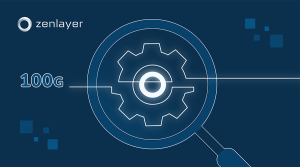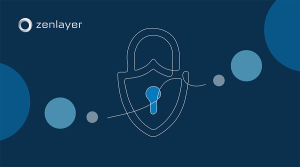
The gaming industry is accelerating and the amount of data consumed is on par. Analyzing the various interactions is important to understand the psychology behind player preferences. Unfortunately, this also creates a problem – how to store and process the massive amount of data. Big data gaming requires a solution for the relentless tsunami of information in order to remain competitive.
Why Big Data Matters
Game development companies are turning to big data in order to better understand players and create games they’ll love. Businesses track every interaction, from length of time spent in a game to how many other players they interact with. The data gathered daily from some of the major development companies is in the terabytes.
The data collected is used to provide a better in-game experience. Developers may add a wider variety of in-app purchases to further customize the experience based on what players have purchased in the past.
This determines gaming elements players interact with the most, which feed into future games. Developers also use analysis from big data to improve overall engagement, such as discovering when levels may be impossible and releasing updates to improve experience.
Scalable Solutions
Managing big data in-house is extremely onerous. The cost of bringing in new hardware as demands increase is expensive. Plus, the gaming industry would also have to invest in even larger IT staffs. The problem is gaming companies need scalable solutions that are also cost effective.
A cloud approach does provide scalability, but it may not always work well for real-time data analysis. For smaller companies with less demand, the cloud could work perfectly.
For larger or growing companies, the need for dedicated servers that don’t experience the same type of latency as standard cloud models is vital. This is where bare metal clouds become the better solution.
This type of solution allows gaming companies to store and analyze data remotely, but they still have dedicated servers, configured to their specifications. This model is designed for data-intensive workloads and it’s simple to scale up or down as needed.
Advanced Cloud Analysis
A new trend in cloud computing is AaaS (Analytics As A Service). It’s a play on SaaS that’s devoted specifically to big data analysis. For the gaming industry, it’s the perfect solution for not only managing terabytes of data, but analyzing the data efficiently. After all, what’s the point of gathering the data if you can’t use it?
This approach makes it easier to perform real-time analysis using a specialized cloud infrastructure. Naturally, this can work well with a bare metal cloud setup.
Data Close At Hand
For games that require real-time data process that even the smallest bit of latency could ruin, you’ll need to consider having servers at various data centers. Creating a nationwide or international network of servers allows gaming companies to gather, analyze and act on big data instantly. By always having a server located close to the player, latency isn’t a problem.
An edge computing and bare metal cloud hybrid solution could also provide the type of immediately analysis necessary, while still managing big data. This option works well for larger gaming companies that need to process large amounts of data with zero latency.
While some of the processing occurs at the edge of the network, the majority of the data storage and analysis (the less time-sensitive analysis) still occurs in the cloud. This still lifts the burden of an in-house infrastructure.
Looking for the right solution for your gaming company in order to provide the best experience for your players? See how Zenlayer’s custom gaming industry solutions can help.






